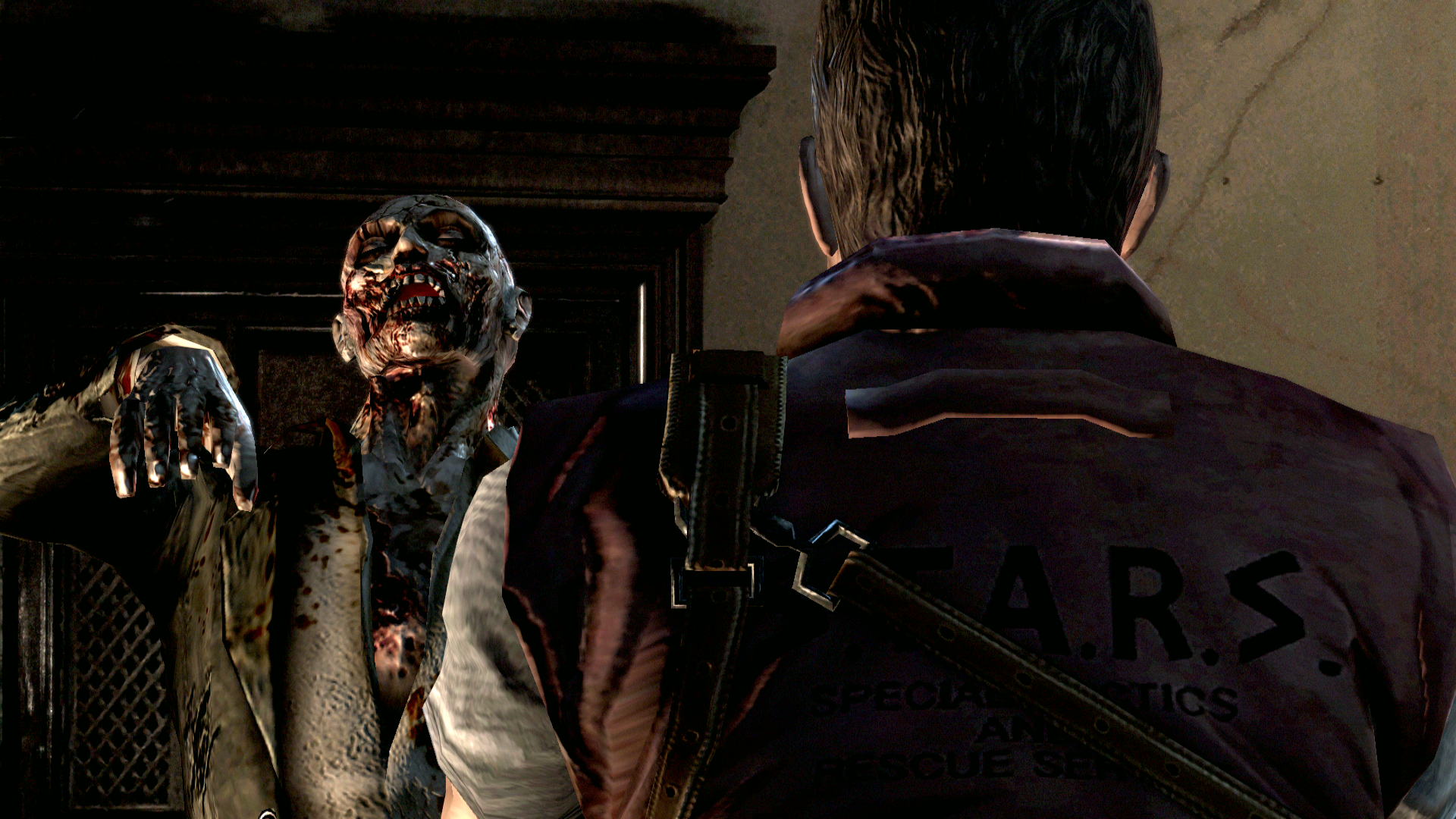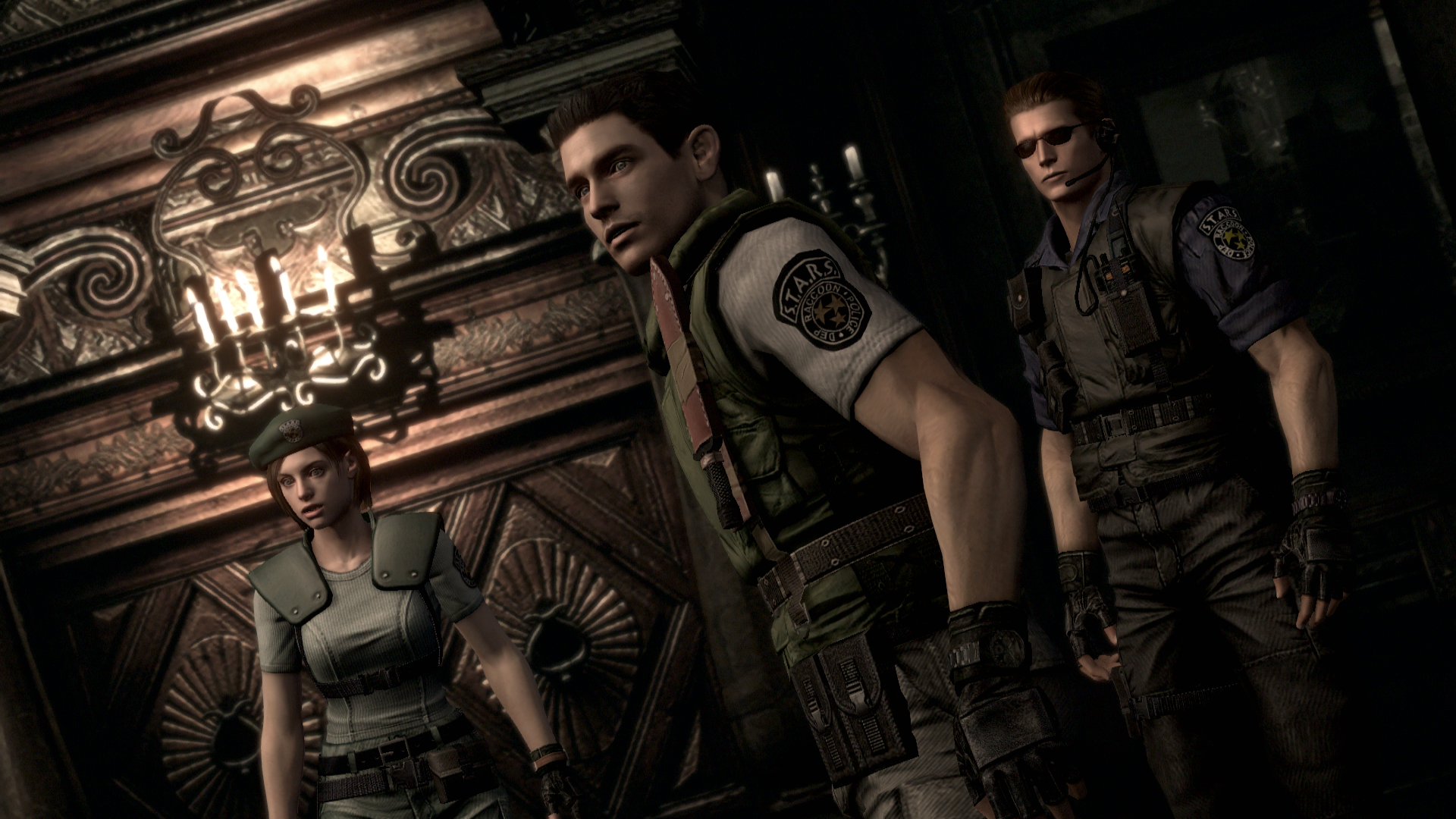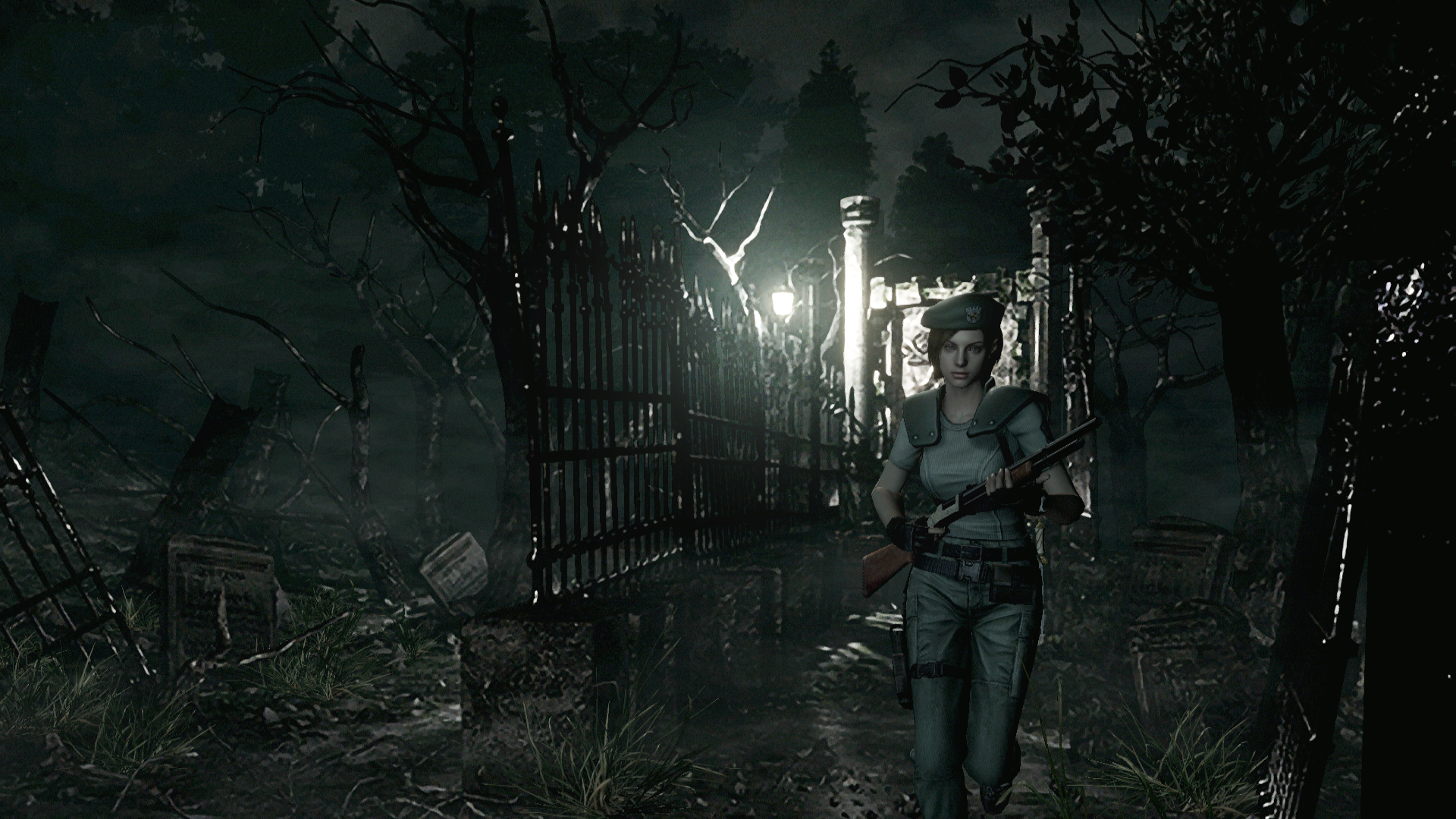Dawn of the Dead: The making of Resident Evil
We look back at Shinji Mikami's horror masterpiece.

In March of 1996, the first Resident Evil—known as Biohazard in Japan—was released for the Sony PlayStation. Developed and published by Capcom, it popularised the survival horror genre and became a household name, spawning dozens of successful sequels and spin-offs. But for many it's the original—with its masterful fusion of tense horror, puzzle-solving, and unintentionally hilarious dialogue—that remains the best in the series. By the time the PC version was released several months later in December, it had become a multi-million-selling cultural phenomenon.
But it all started with its director's fear of ghosts.

Shinji Mikami's original idea was a haunted house filled with evil spirits. "The thing I've always been scared of most is ghosts", he says. Realising that shooting ghosts wouldn’t be much fun, and inspired by George A. Romero's 1978 film Dawn of the Dead, he replaced the phantoms with zombies. In zombie movies most of the characters usually end up dead, but Mikami thought that, in a game, players could use their skill and ingenuity to survive. "It struck me that this difference between horror movies and horror games could be wonderful," he says. "And that was the moment when I came up with the basic concept for the Biohazard series."
While the ghosts were exorcised, the haunted house idea survived. Resident Evil's mansion setting is a brilliantly designed space, echoing The Shining's similarly labyrinthine Overlook Hotel. Its gloomy corridors, eerie paintings, and ornate furnishings are dripping with atmosphere—especially in the remake. Mikami wanted players to feel trapped, giving them a sense of uneasy claustrophobia as they explored. The mansion is surrounded on all sides by a thick, dark forest that's crawling with monsters, making any attempt to escape futile. There are moments where you briefly venture outside, and you almost feel relieved to get back indoors.
The game's intro sequence sees members of STARS—the special forces unit that heroes Chris Redfield and Jill Valentine belong to—escaping into the mansion after being pursued through a forest by a pack of virus-infected dogs. In the original this was a live-action cinematic, followed by a charmingly silly sequence introducing the characters. "You escape with your life," Mikami says of the intro. "But then you have to survive this terrifying place. We wanted to scare the player as soon as they started the game, but we couldn't do it with just graphics. We had to make a movie."
The cast of characters, although fairly one-dimensional, have distinct traits and clothing styles. This was designer Jun Takeuchi's attempt to set them apart from generic cops and soldiers. "In many games the characters all look alike," says Takeuchi. "So we came up with a unique design for each character." These designs included instantly recognisable details like Wesker's black sunglasses, Jill's blue beret, and Barry's red vest. In a 1996 interview, Takeuchi described his design philosophy when it came to the game's characters. "Women look sexy in tight costumes," he said. "And men look cool in costumes with knives on them." Indeed.
When it came to the monster designs, the original plan was only to have giant, exaggerated versions of animals and insects. They wanted to play on the fears of people with real-life phobias of spiders or snakes. "But this made the game pretty unexciting," says Takeuchi. "So we created some original monsters too." These include the reptilian Hunters, a species of bio-engineered monsters who can slice people's heads off with their razor-sharp claws. "We designed our monsters to have some characteristics of real creatures," says Mikami. "This means that players can relate to them on some level, which makes them scarier."
The biggest gaming news, reviews and hardware deals
Keep up to date with the most important stories and the best deals, as picked by the PC Gamer team.
The zombies, although slow and dim-witted, can do a huge amount of damage if they get close to you. The disgusting squelch of their footsteps and their ghoulish moaning are an ever-present sound in the mansion, which was implemented by the developers to make you constantly nervous about what lies around the next corner. "We set up blind spots when we were designing the camera angles," says Mikami. "You often aren't able to see the zombies immediately, which creates an uneasy feeling. I wanted enemies to be scary in other ways than just the threat of them killing you."

The first version of Resident Evil isn't easy on the eyes and the controls are unbearably clunky. But thanks to the remastered remake, it lives on in a much more enjoyable form. Mikami returned to direct the remake, which was originally released in 2002 for the Nintendo GameCube, giving it an authenticity and quality that it may have lacked otherwise. That creepy, puzzle-filled mansion, echoing with the groans of the undead, is still one of the finest horror settings on PC, and its slow, challenging survival is as compelling as it was in 1996.
Resident Evil was the first game Mikami ever directed, and the team working with him—about 50 people in total—was inexperienced. "We had to go through a lot of trial and error," he says. "It was so difficult that staff would resign one by one. Our tools weren't sufficient, so we worked double shifts to compensate. In the last six months of development we were basically living in the studio, staying up until 3am every night."
The development was so brutal, in fact, that it almost resulted in Resident Evil's cancellation. "While the game was being developed, a consulting company wrote a report suggesting Capcom discontinue the project immediately," says Mikami. "I went mad! But after seeing it I decided that I would complete the game no matter what." Capcom general manager Tokuro Fujiwara intervened and saved Resident Evil, a decision that ultimately saved Capcom from bankruptcy. "When the project was finished, the staff felt a sense of accomplishment," says Mikami. "But I just felt relieved."
If it’s set in space, Andy will probably write about it. He loves sci-fi, adventure games, taking screenshots, Twin Peaks, weird sims, Alien: Isolation, and anything with a good story.


